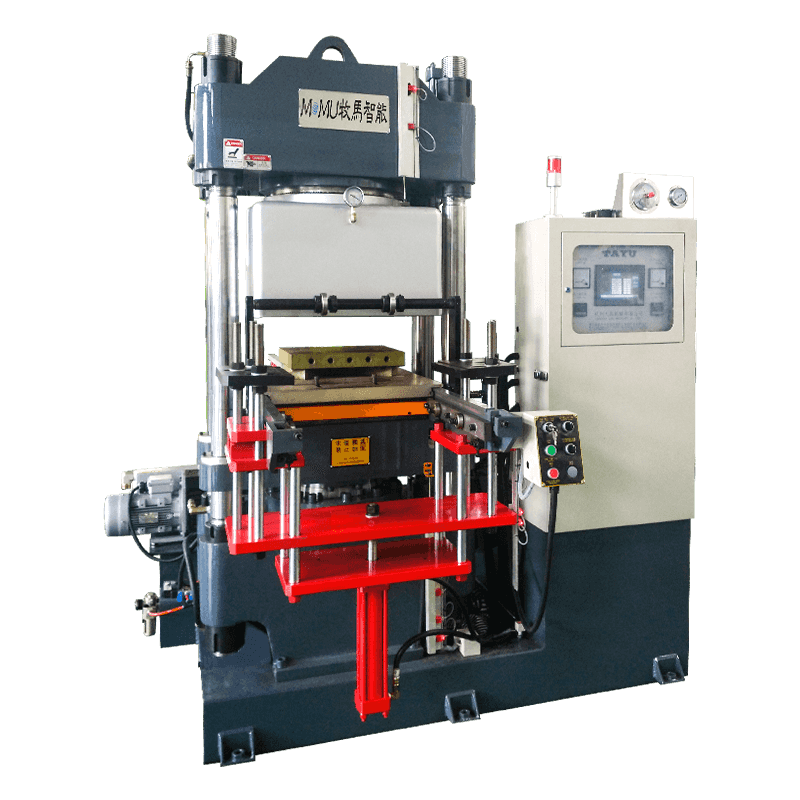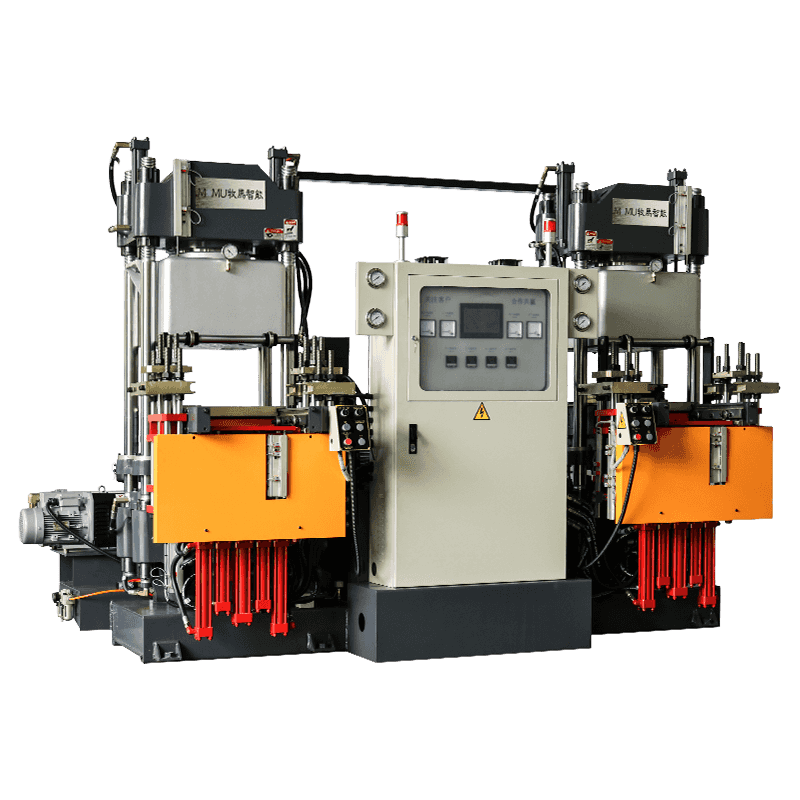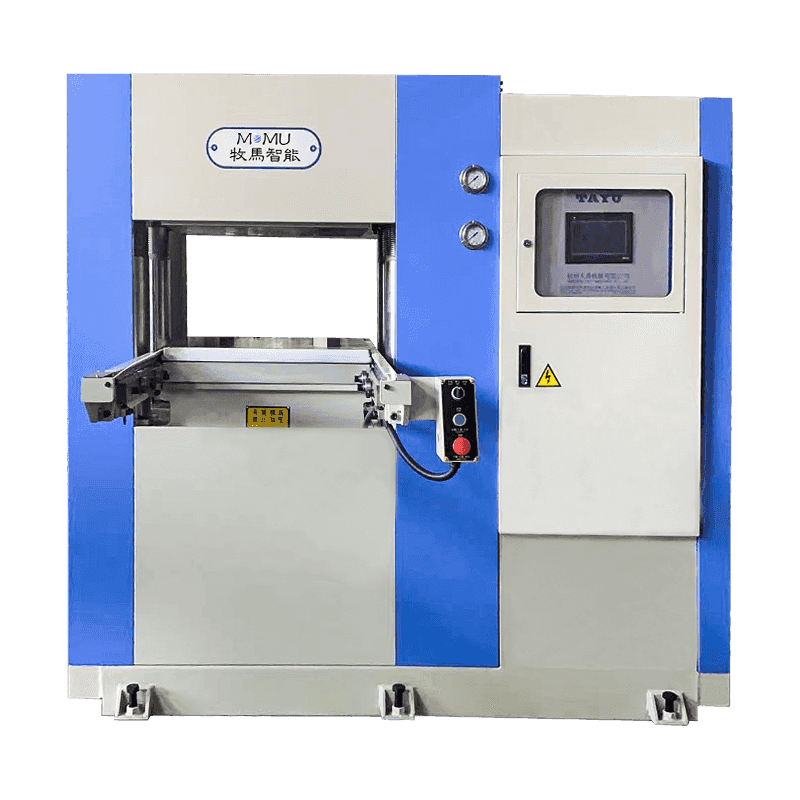The level of automation offered by an insulator machine can vary significantly depending on its design, intended use, and the specific tasks it performs in the insulation manufacturing process. Here's a breakdown of the typical levels of automation you might encounter:
Manual Operation
Manual Feeding and Control:
In manual insulator machines, operators are responsible for feeding raw materials into the machine manually.
Control over settings such as material feed rate, thickness adjustment, and product quality relies on manual adjustments and monitoring.
Operators oversee the entire process and may need to intervene frequently to ensure proper operation and product consistency.
Semi-Automatic Operation
Semi-Automatic Control:
Semi-automatic insulator machines automate certain aspects of the manufacturing process while requiring operator intervention for others.
Automated features may include:
Automated material feeding systems that can handle bulk materials or rolls.
Automatic thickness control systems that adjust based on preset parameters or sensor feedback.
Automated cutting or shaping mechanisms that operate once material is fed into the machine.
![]()
Operators oversee the process, monitor machine performance, and intervene as needed to handle material jams, adjust settings, or ensure quality control.
Fully Automatic Operation
Fully Automated Operation:
Fully automatic insulator machines operate with minimal or no operator intervention once they are set up and running.
Key features of fully automatic machines include:
Automated material handling systems that load raw materials into the machine without manual assistance.
Programmable logic controllers (PLCs) or computerized systems that control all aspects of the manufacturing process, including material feed, thickness adjustment, cutting, and product stacking.
Continuous monitoring and adjustment of process parameters to maintain consistent product quality and throughput.
Integration with other production line equipment for seamless operation.
Operators primarily oversee machine status, perform routine maintenance, and handle exceptions or unexpected events that require human intervention.
Key Considerations
Complexity and Cost: Higher levels of automation generally increase initial investment costs but can lead to higher production efficiencies and reduced labor requirements over time.
Production Flexibility: Fully automated machines offer high production consistency and throughput but may have limitations in handling custom or small-batch orders compared to semi-automatic or manual machines.
Training and Maintenance: Operators and maintenance personnel require specialized training to operate and maintain automated insulator machines effectively.
Integration with Existing Systems: Consider compatibility with existing manufacturing processes and the ability to integrate automation seamlessly into the production environment.





